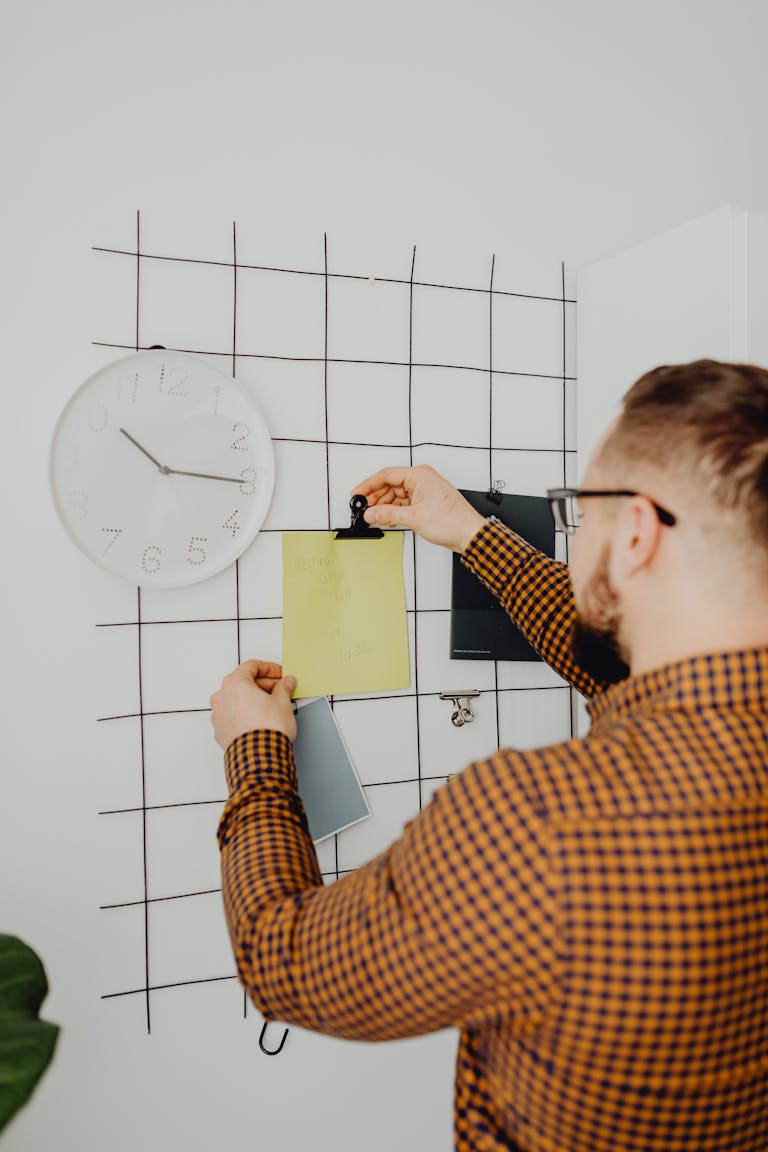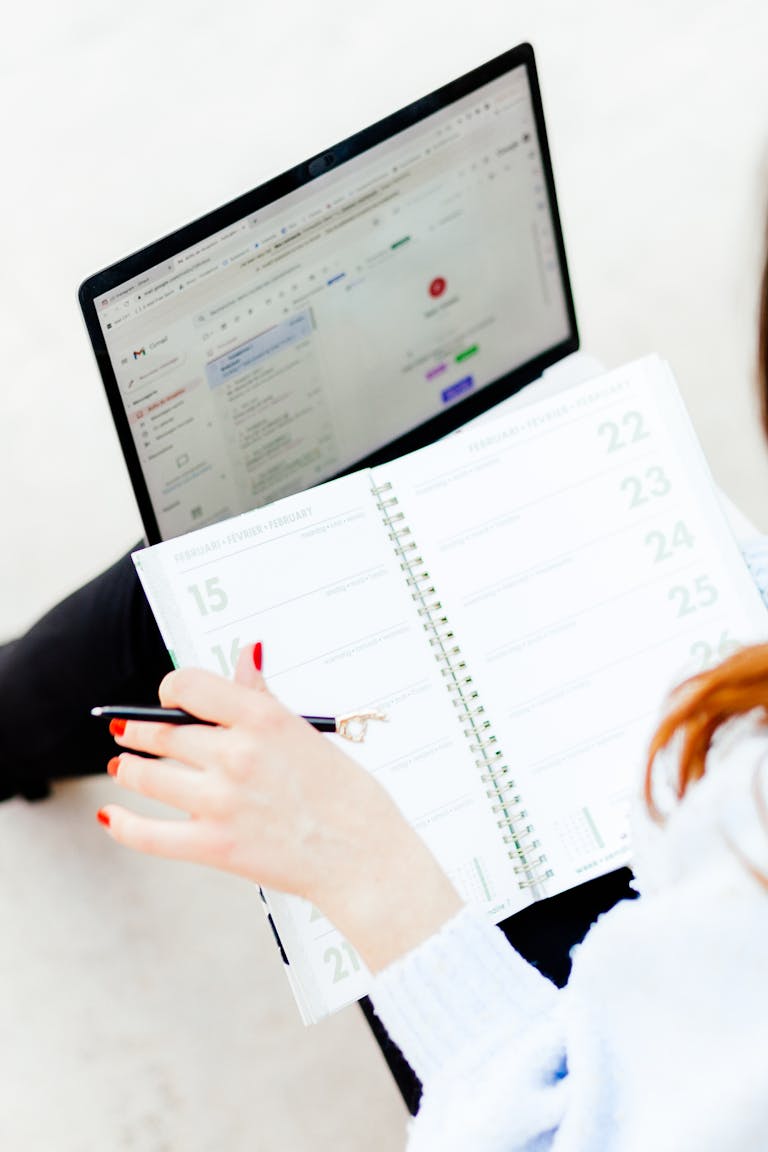Bad habits are easy to form and hard to break. Whether it’s mindless scrolling, late-night snacking, or procrastinating, we often default to them without thinking.
The good news? There’s a science-backed strategy that can help: friction.
By adding small obstacles between you and your bad habits, you can drastically reduce how often they occur—and eventually eliminate them.
Here’s how to use friction to your advantage.

What Is “Friction” in Habit Psychology?
Friction is anything that adds effort, inconvenience, or delay to an action.
For example:
- If your phone is in another room, it’s harder to check social media.
- If junk food is hidden in the basement, you’re less likely to snack on it.
Bad habits thrive on convenience. Add friction, and they lose their grip.
Step 1: Identify Your Automatic Habits
Start by recognizing the habits you want to break.
Ask yourself:
- When do I do this behavior?
- What triggers it?
- How convenient is it?
Common examples:
- Checking your phone in bed
- Binge-watching instead of working
- Snacking while bored
Write them down. Awareness is the first step to change.
Step 2: Create Deliberate Inconvenience
Once you’ve identified your habits, think of ways to make them harder to do.
Examples of adding friction:
- Move your phone charger across the room so you don’t scroll in bed.
- Log out of streaming platforms so you have to re-enter your password.
- Keep junk food in hard-to-reach cabinets (or don’t buy it at all).
- Uninstall apps from your phone and only use them on your desktop.
The more effort a habit requires, the less likely you’ll follow through impulsively.
Step 3: Delay the Action
The brain craves instant gratification. By delaying access, you create a gap that lets logic kick in.
Try this:
- Before giving in, tell yourself to wait 10 minutes.
- Store snacks in containers that require unwrapping.
- Set a browser blocker with a delay timer for time-wasting websites.
That pause gives you space to reconsider.
Step 4: Increase Mental Barriers
Mental friction works too.
- Create rules: “No phone in bed,” or “No Netflix until after 6 PM.”
- Use sticky notes or wallpaper reminders that say “Is this helping my goals?”
- Tell a friend your intentions—accountability adds social friction.
When your brain has to think before acting, it buys you time to resist.
Step 5: Combine Friction with Positive Triggers
To truly break a habit, pair friction with replacement behavior.
Example:
- Add friction to late-night snacking, but also prep a healthy tea alternative.
- Make scrolling harder, but place a book on your pillow instead.
- Block social media, but keep your journal handy.
Make the right habit easier as you make the bad one harder.
Why Friction Works Over Time
At first, you might still slip. But over time, your brain forms new patterns.
- Fewer impulses turn into fewer actions.
- Bad habits weaken without frequent reinforcement.
- Your willpower grows as friction becomes routine.
Eventually, the bad habit stops being your default.
Q: Can friction really break long-term bad habits?
A: Yes. While it doesn’t solve everything, friction makes unwanted behaviors less convenient, which significantly lowers how often you do them.
Q: Is it better to remove the habit trigger completely?
A: If possible, yes. But even adding small delays or obstacles can weaken the trigger-response loop over time.
Don’t just try to resist bad habits—redesign your environment to make them harder. Start by adding friction to one habit this week and notice how quickly it loses its power.

I’m EKBAL HOSSAIN MONDAL, the creator of SmartSolveTips.com — a blog dedicated to helping people improve productivity, avoid digital burnout, and live better online. With years of hands-on experience in self-development and digital wellness, I write practical tips and tools to help you stay focused and thrive in a fast-paced digital world.






